I always want to score,” might sound like a run-of-the-mill quote from new Arsenal striker Viktor Gyökeres, but in the current context, it reads more like a declaration of war. After two consecutive seasons of being nearly men—falling just short in the Premier League and Europe—Arsenal appear to have finally plugged the critical gaps that held them back. With six new signings, headlined by Gyökeres and Martin Zubimendi, the Gunners have made their intentions clear: they’re not here to compete anymore; they’re here to conquer.
Arsenal’s summer spree—completed even before August arrived—has echoes of their 2022/23 transfer window when they brought in Gabriel Jesus, Oleksandr Zinchenko, Fabio Vieira, Marquinhos, and Matt Turner. That was a strong window, and it nearly delivered the Premier League title. But nearly isn’t enough anymore. Mikel Arteta’s side is now focused on the only upgrade left: from 2 to 1.

Arsenal’s-summer-spree-completed-even-before-August-arrived-has-echoes-of-their-2022-23-transfer-window
Let’s take a deeper look at how the six summer arrivals could finally lead Arsenal to the summit of English and European football.
1. Viktor Gyökeres – The Missing No. 9
For too long, Arsenal have lacked a clinical striker. Gabriel Jesus brought versatility and work rate, but not the goal return of a traditional No. 9. Havertz and even Mikel Merino were experimented with up top, but it was clear the Gunners needed a specialist.
Enter Viktor Gyökeres. Signed from Sporting CP after a prolific season in Liga Portugal where he netted 33 goals and assisted 12, the Swedish international offers pace, power, and an insatiable hunger for goals. He’s a direct, physical forward who thrives on through balls and crosses—a perfect fit for the creators around him like Martin Ødegaard, Bukayo Saka, and Gabriel Martinelli.
Crucially, Gyökeres is more than just a poacher. His hold-up play, ability to drag defenders wide, and relentless pressing fit seamlessly into Arteta’s high-octane system. If Arsenal are to go one step further, Gyökeres’ boots could be the ones to walk them over the finish line.

His-hold-up play-ability-to-drag-defenders-wide-and-relentless-pressing-fit-seamlessly-into-Arteta’s-high-octane-system.
2. Martin Zubimendi – The Silent Orchestrator
Declan Rice’s arrival last season brought steel to the midfield, but Arsenal still lacked a deep-lying conductor who could dictate tempo against top sides. Jorginho played the role well at times, but his aging legs meant Arsenal often fell short in high-intensity games.
Martin Zubimendi solves that. Poached from Real Sociedad, the Spaniard is one of the most intelligent holding midfielders in Europe. His positional awareness, press resistance, and passing range make him the ideal foil to Rice, who can now play slightly further forward.
Zubimendi’s presence will allow Ødegaard to flourish, Rice to maraud, and the back line to feel secure. He doesn’t shout on the pitch—but make no mistake, he makes everything tick.

Martin-Zubimendi-solves-that-Poached-from-Real-Sociedad-the-Spaniard-is-one-of-the-most-intelligent-holding-midfielders-in-Europe
3. Amadou Onana – The Physical Powerhouse
If Zubimendi is the conductor, Onana is the enforcer. Signed from Everton, the Belgian adds raw physicality, aerial dominance, and dynamism to Arsenal’s midfield engine room. Arteta now has the luxury of picking the right balance depending on the opponent.
Onana-Rice-Zubimendi is a trio that can dominate possession and win every duel in midfield. Against Europe’s best, especially physical sides like Real Madrid or Bayern Munich, Onana’s ability to cover ground and break up play will be vital.
He also adds an unexpected threat going forward—his late runs into the box and headed ability could be a game-changer in tight matches

Onana-Rice-Zubimendi-is-a-trio-that-can-dominate-possession-and-win-every-duel-in-midfield
4. Pedro Neto – The Right-Wing Insurance
Bukayo Saka has been Arsenal’s talisman on the right wing, but he’s also been overworked. Last season, fatigue and injury niggles limited his impact during crucial stages. Pedro Neto’s arrival from Wolves is aimed at addressing exactly that.
Explosive, direct, and adept with both feet, Neto is more than just backup—he’s a real threat. He can play on either flank, offering tactical flexibility and giving Arteta the option to rest Saka without a noticeable dip in quality.
If Saka and Martinelli form the wings of Arsenal’s present, Neto might just be the bridge to a future where depth wins titles.

Bukayo-Saka-has-been-Arsenal’s-talisman-on-the-right-wing-but-he’s-also-been-overworked
5. Riccardo Calafiori – Defensive Dynamite
Arsenal’s defence has been formidable, especially with William Saliba back last season. But injuries and lack of depth have derailed their campaigns before. In Riccardo Calafiori, they’ve signed a highly-rated, ball-playing defender who can slot in as a left centre-back or left-back.
The Italian was outstanding for Bologna and carried that form into Euro 2024. Calm under pressure, strong in the tackle, and excellent in distribution, Calafiori adds another layer to Arsenal’s build-up play. He also gives Arteta more options when rotating or playing three at the back.
His versatility means he can deputize for Zinchenko, Gabriel or even form part of a back three with White and Saliba—making Arsenal harder to break down.
6. Ivan Fresneda – The Long-Term Right-Back
While Ben White has done exceptionally at right-back, Arsenal have needed a more natural full-back for the future. Ivan Fresneda, the young Spaniard from Sporting CP, is a smart, long-term investment.
Fresneda is quick, composed on the ball, and defensively astute. Arteta can mold him into a hybrid full-back who can tuck into midfield when needed. With Takehiro Tomiyasu injury-prone and Cedric Soares leaving, Fresneda offers youth, energy, and technical assurance.
He may not start every week, but his development trajectory suggests he’ll be a mainstay in the years to come.
The Big Picture: Depth, Flexibility, and Title Credentials
What sets this window apart is not just the quality of signings, but the strategic nature of them. Each player fills a specific tactical gap
More importantly, Arteta now has a squad capable of challenging on multiple fronts. Last season’s downfall was squad fatigue and limited options in crunch games. That’s no longer the case.
With these six additions, Arsenal have addressed their weaknesses with surgical precision. There are no more excuses. The fans can dream—because for the first time in two decades, they can believe.
The Verdict: Arsenal’s Era Begins Now
It’s taken years of careful planning, painful losses, and steady rebuilding. But as the 2025/26 season dawns, Arsenal look like the real deal. Their blend of youth and experience, flair and discipline, tactics and hunger, positions them not just as title contenders—but potential champions.
Manchester City and Liverpool will not lie down, and the Champions League remains a minefield. But Arsenal are no longer passengers in the conversation—they’re driving the bus.
With the Super 6 on board, the Gunners might finally fire their way into the promised land.
Click here to watch more!





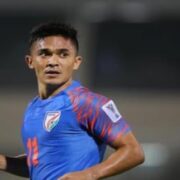
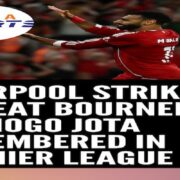
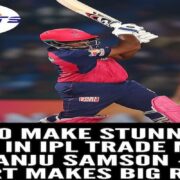


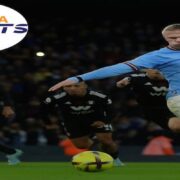
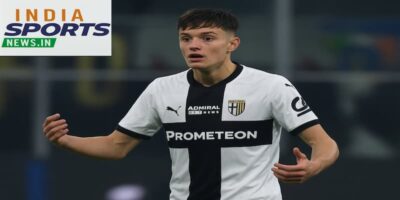


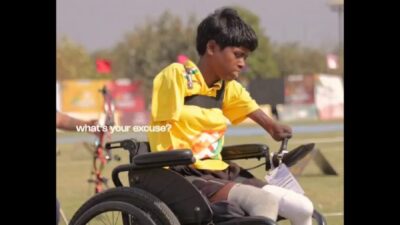
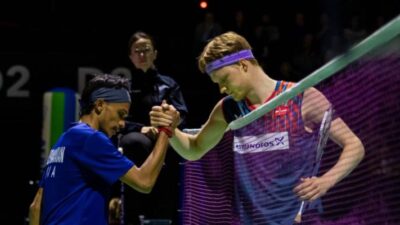
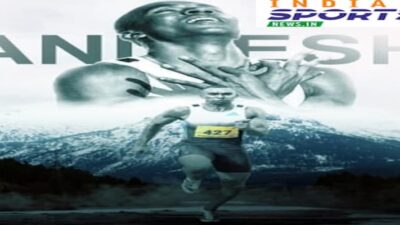
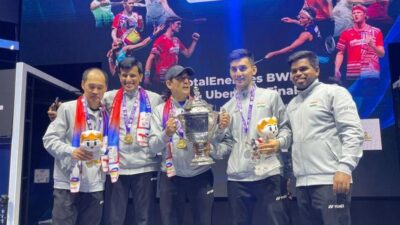

Comments